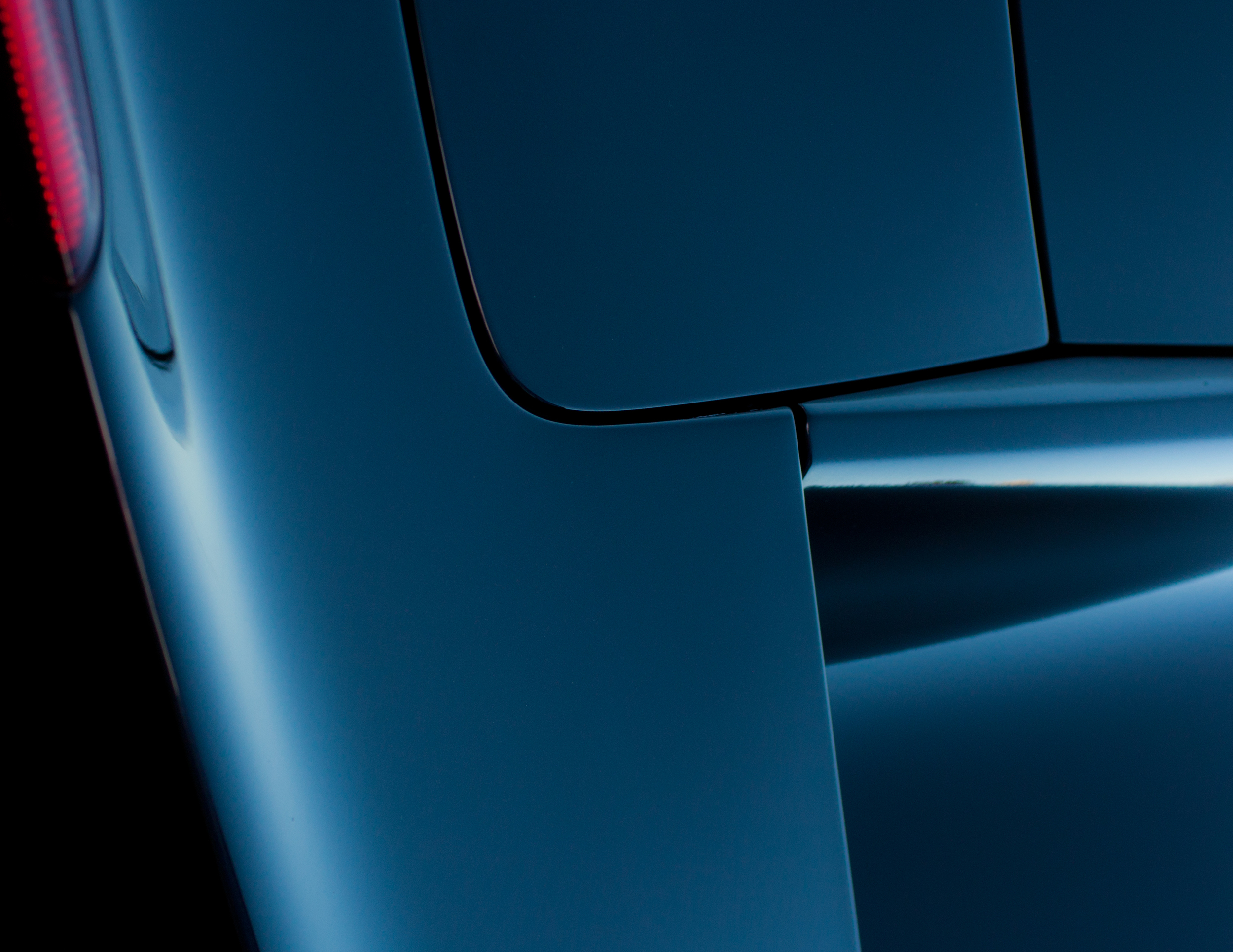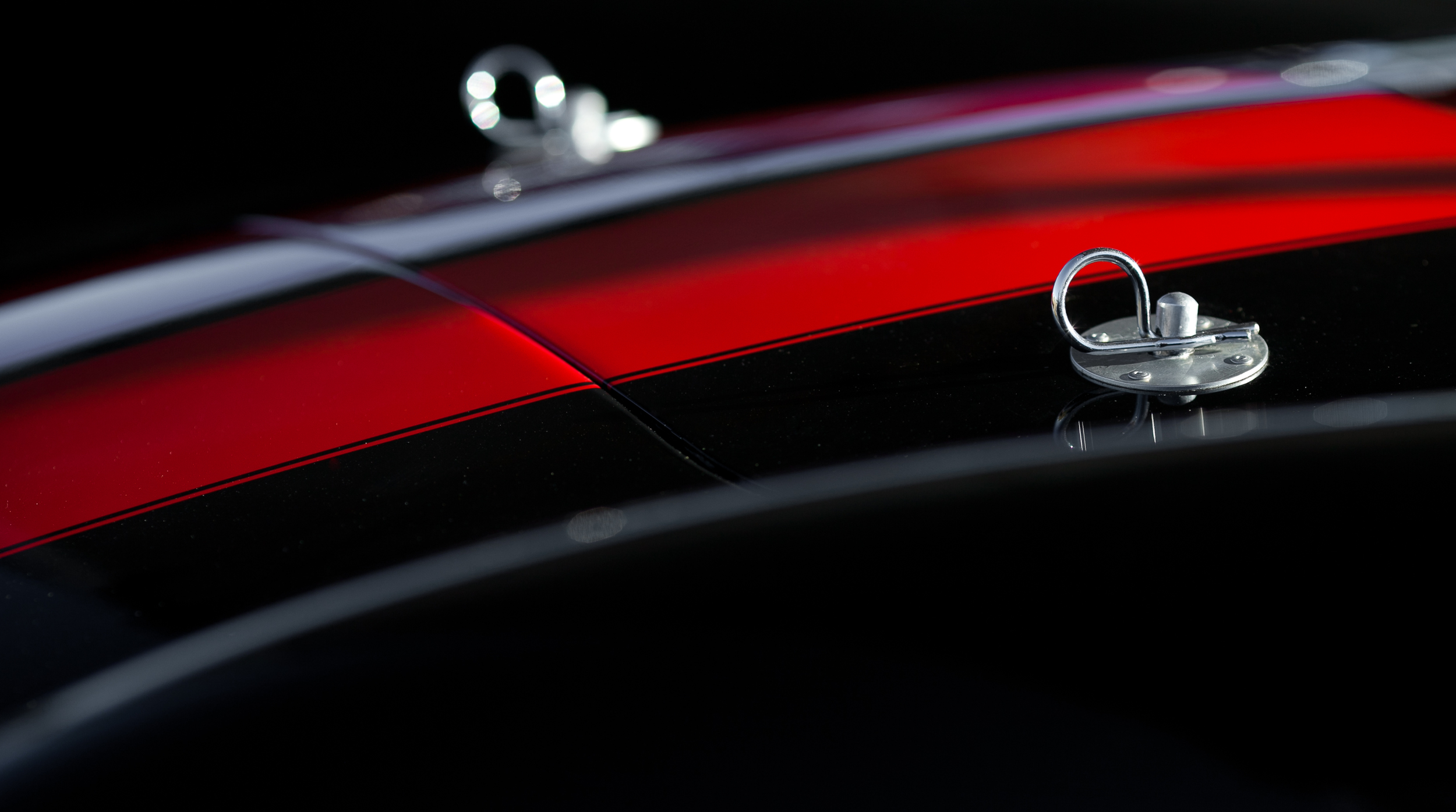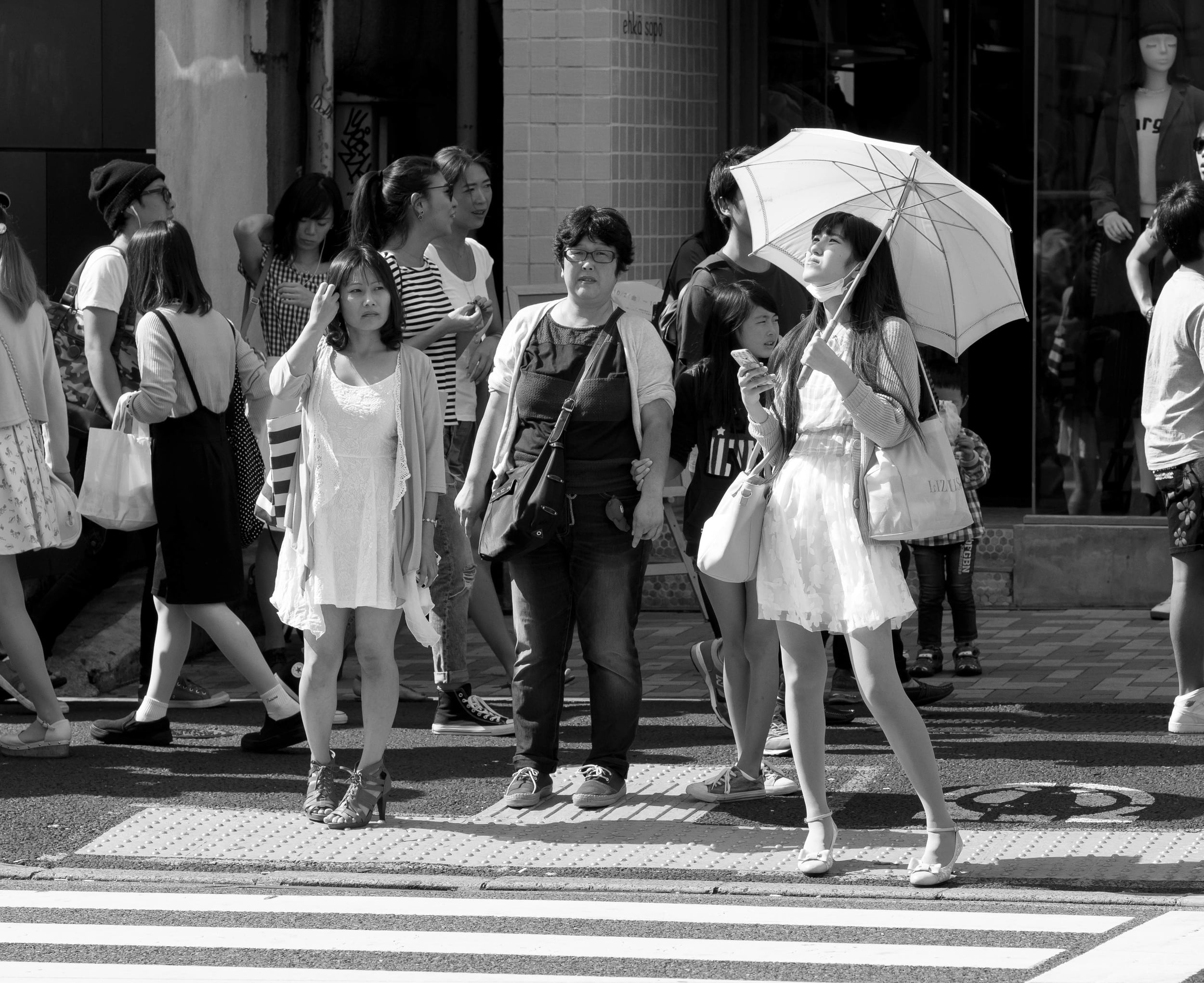Which is more important, photographic technique, the gear used, vision or presentation?
The answer, as with many things in life, is none and all.
Technique is the delicate balance between learning what you (technically) need to know, but applying it in a way that allows you to still express yourself artistically. This is an area that many new photographers struggle with. Their naive and unlimited eye early in their hobby can produce lovely images, partly through chance but mostly because of the freedom to see without worrying about technical issues. These images are the fuel that powers the desire to get better, but with that comes the reality that taking more control requires knowledge, knowledge requires commitment in time and effort and while this is happening, sometimes, the creative urge wanes.
I remember a story I once read about Ansel Adams and his friend Brett Weston, taking the similar photos in the same location. Adams was known for his technical prowess, inventing systems for exposure and work flow that are still relevant even today. He did his usual, well practiced and precise measurements and calculations. Western on the other hand would wave his light meter around (often without a battery in it or with it still in its closed case), in gentle mockery of Adams and then basically guess the exposure, setting the camera with a dramatic flourish. His negatives could be so bad that his sons (photographers themselves), when going through his estate almost destroyed some of his best work as they could see so little detail in these "bullet proof" negatives. Some would say that his work had more empathy and soul than Adams (not an argument I wish to enter), but regardless, his end output was beautiful, even if his process was technically sloppy.
I know in my own work that some times the image you want to delete in the field can be a hidden gem.
OMD 75-300 at about 150 shot from the hip. Sooo close to deleting this one and even weeks later it got little love, but it grew on me.
Gear ties into technique and can sometimes even dictate technical limitations. Getting to know your camera and the strengths of its lenses will benefit you much more than changing constantly to "better" gear. There are many photographers out there who have made a name for themselves with surprisingly basic equipment. Kate Kirkwood was relatively famous before moving on from a basic, entry level, Nikon SLR with kit lens and lets not forget that most of the images that influence our perception of photography were taken on film cameras last century.
The most important thing about your gear is to make sure that its weaknesses do not directly relate to your needs. No point in lugging a big, heavy and noisy full frame SLR with a monster zoom lens around for street photography. It would likely do more harm than good. Equally, there is no point in paying for fast F2.8 zoom lenses if you only want to do landscape work as there is almost always a cheaper and lighter option.
I recently bought a Pen F camera body in denial of my reliable and capable clutch of OMD mk1's. Did I want more pixels, faster this or that or just a sexy little new camera? No (mostly- it is sexy), but I was drawn to the silent and vibration free electronic shutter and iphone remote release for long lens landscape work. This as vexed me for years (5d mk2 and 200mm F2.8, on a wooden tripod with huge head was my most frustrating fail) and finally the answer is (hopefully) here.
Buy the super camera and the fast lens if it is relevant to what you do, but think about the options. If you decide you want a 70-200 f2.8 ($2500au) for portraits, maybe a 50f1.8 ($200au) or 85 f1.8 ($400au) would actually be a better choice as it will do a better job of that specialist task and is much less in every good way. When asking the internet for the "best" choice, follow this up with "best option to" the champion lens it spits out. Very few people will bag out the monster lens they just purchased for the price of a small car and often there is little need to, but it is usually the case they went straight to the "full noise" top model without checking for a better tool for a specific task. You can buy a 50 f1.8, 85 f1.8 and macro lens and a decent second tier 75-300 for well less than a 70-200 f2.8 and you will have a choice of lighter weight if travelling, faster aperture, closer focussing, longer range and more depth in individual parts (more choice of lens character and more easily replaced) on your side. It can also be nice to not buy the big, often white, complicated and stress inducing top of the line model so when the new "best" lens comes out in a year or two you don't feel gutted. You can also take more pride in your photographic wins as they are more about you and less about the gear.
Taken as a OOC JPEG with the 75-300 "Budget" lens at 300 f6.7. Sharp enough? Good enough colour?
Vision is the both the easiest and the toughest. The beginning photographer sees everything, photographs everything and keeps everything. Over time they often become more discerning, but can find their more limited scope of interest reduces their output. I have found in myself a lack of motivation sometimes, even though my photographic interests are varied. It is important to keep shooting something, because this often generates interest. Even boring jobs can stimulate creative juices, so keep shooting!
The quality of your vision, being the quality of your photographic "eye" will improve and change over time. It is without doubt the single most important element to your photography because without vision/a vision you will not produce anything of greta importance, but let it come naturally and let it lead. Don't fight it. It is the only thing you bring to the party that is completely yours.
Presentation is the final part of the equation. Poor output spoils everything that has come before. Whether it is a well presented web site, share site or prints on the wall, the final and most satisfying element to the process is presentation. The best advice here is just DO IT! Get something out there, get feed back and learn. Don't expect everyone to like it, don't expect everyone to be kind. Don't care about this as worrying about what others think is a good way of stunting your growth as a photographer, but learn from feedback when it is well intentioned and knowledgeable.
Get out there, but leave some of that enormous kit behind.












































